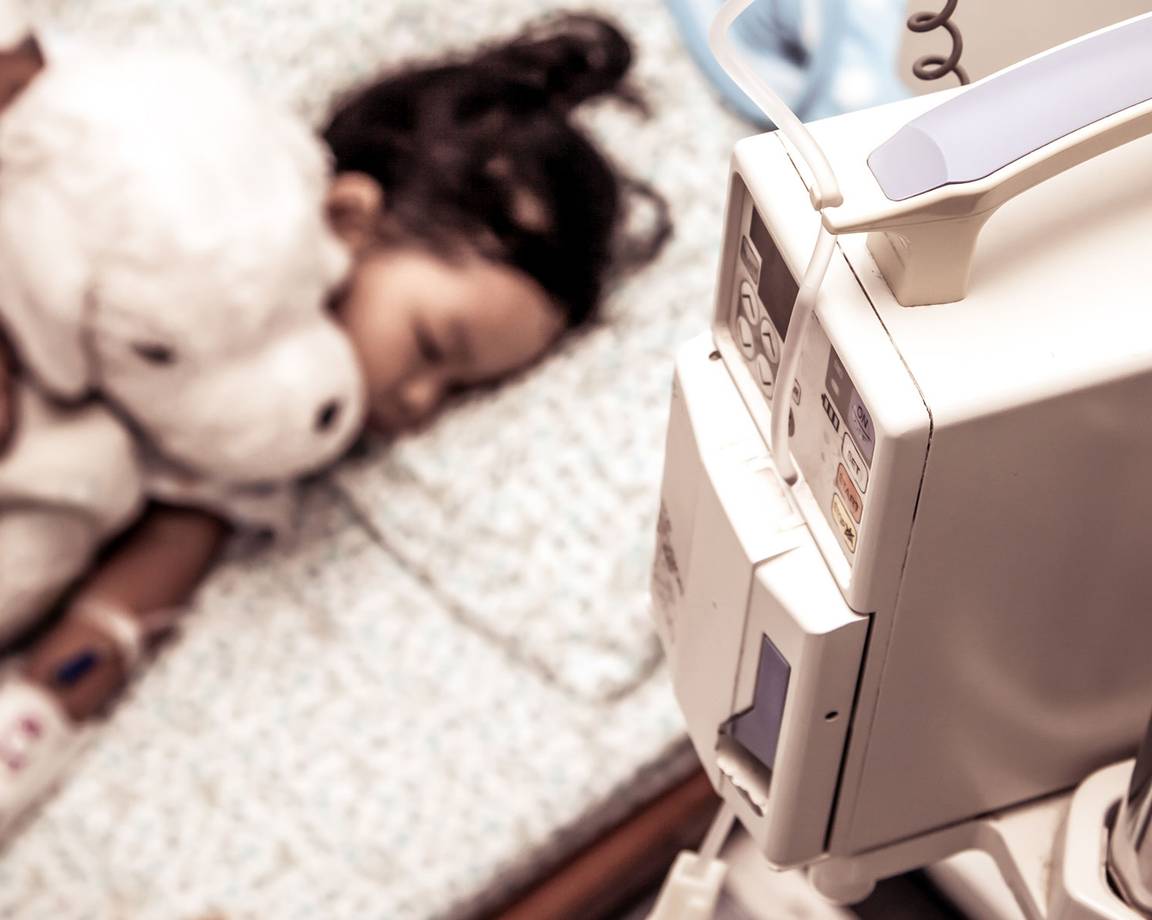During physical assessments, infants are not able to articulate what hurts, explain what happened, or raise concerns about prior procedures or complications. In these cases, it's critically important to listen to the parent, guardian, or social worker, because they will know the child's baseline. This is the start of the clinical pathway, or what some call the "blueprint for a plan of care".3
[Parents] have ‘expert’ knowledge of what is 'normal' or 'abnormal' behavior and it is vital that the clinical teams respect and listen to them, treating this parental knowledge with the same importance as test results and opinions of doctors and nurses.
- Louise Whittle, Parents' Association for Seriously Ill Children6
Many organizations have begun implementing full-scale pediatric simulation efforts, according to the American Academy of Pediatrics (AAP). One example is the Pediatric BASE Camp, an immersive simulation event supported by Laerdal and hosted by Weill Cornell Medical College, that focuses on fine-tuning and strengthening the clinical-pathway skills that providers use when faced with a pediatric emergency.4
Other organizations are using sequential simulation (SqS) to prepare front-line staff to participate in integrated, or person-centered, care at various points on the patient journey.5 This form of simulation focuses on important moments, such as hand-offs (i.e. from parent to physician, from ambulance to ED, etc.), information sharing, role assignments, and individual tasks.
Being able to assess symptoms, measure physiological differences and improvements, and perform interventions will allow learners to suspend disbelief and move through the simulation without roadblocks.
